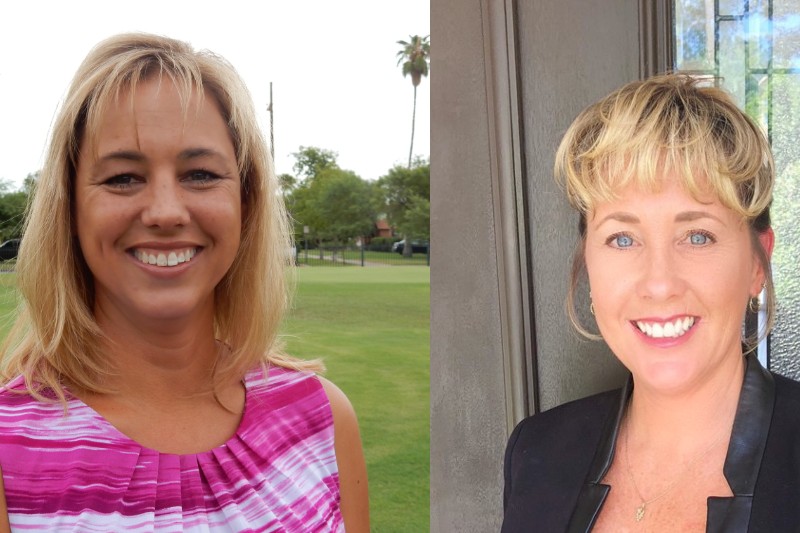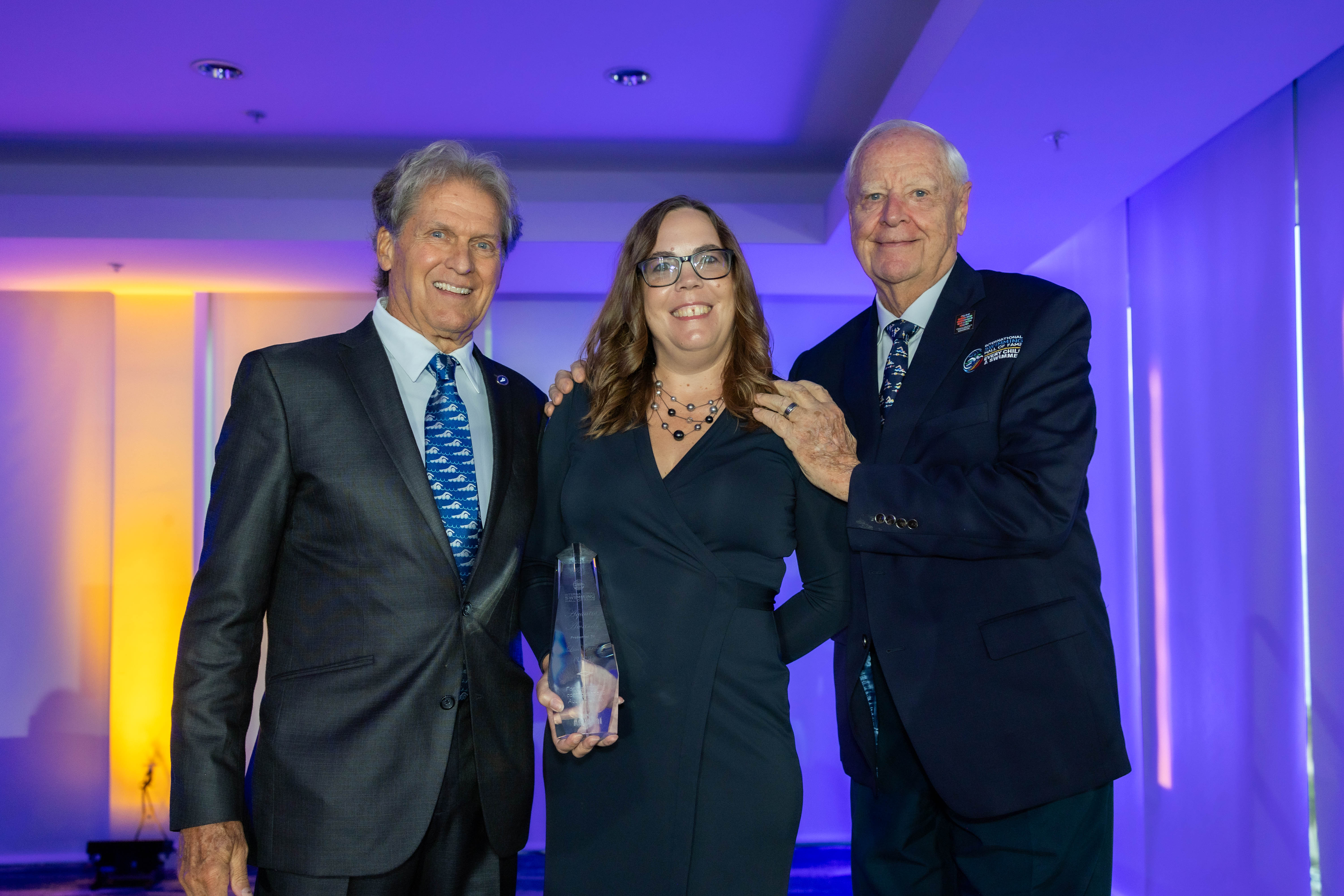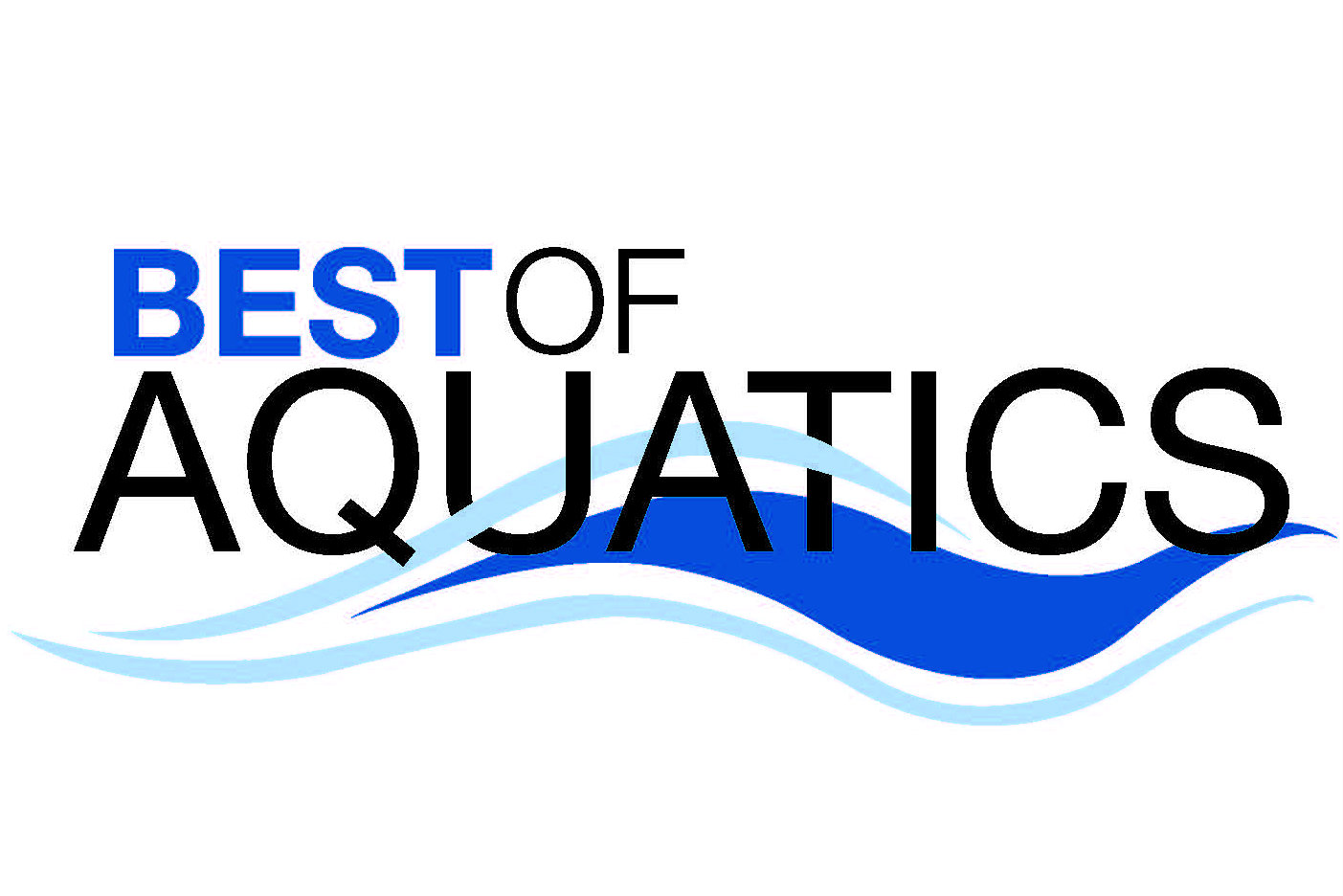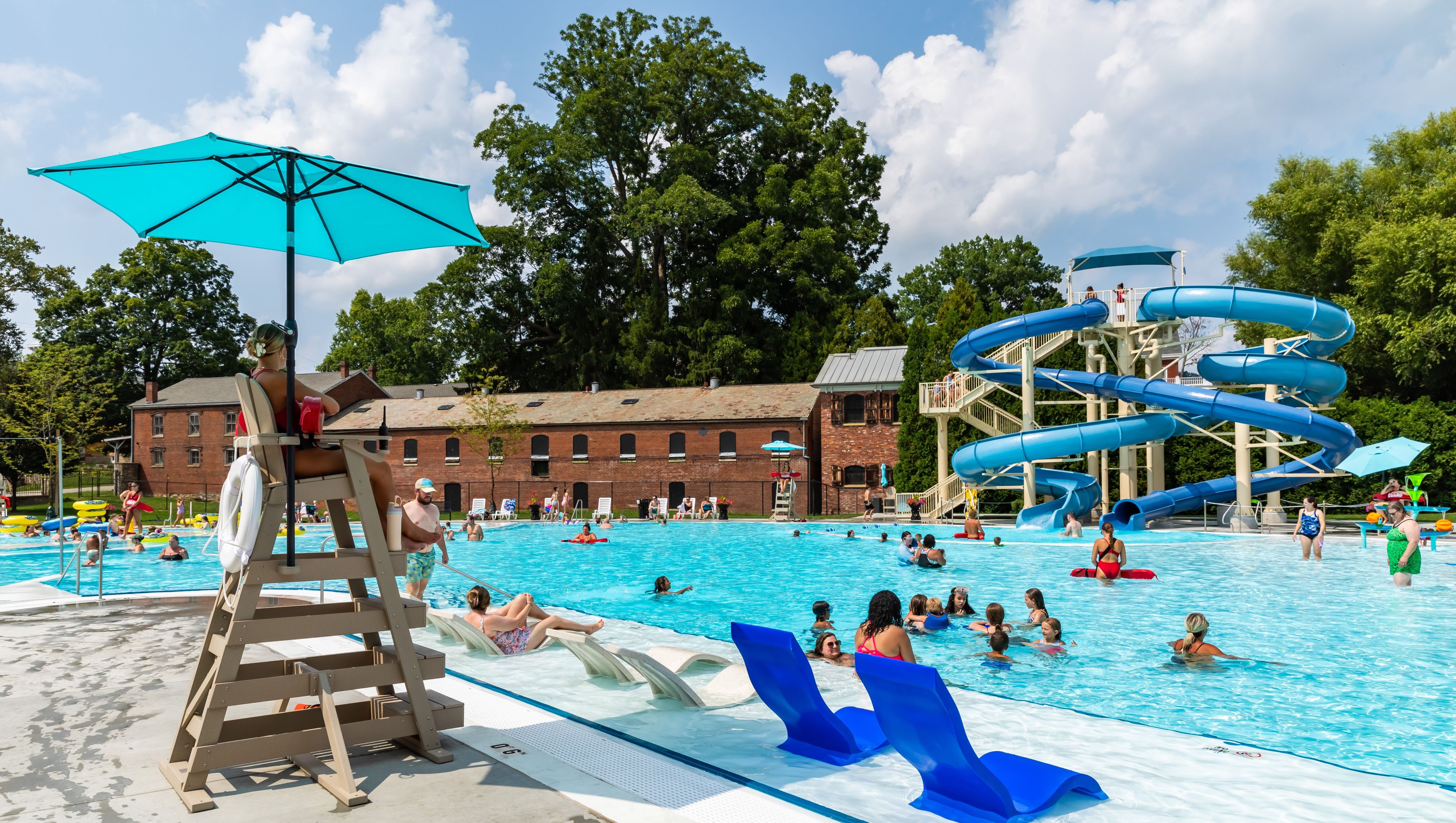Arizona power pair Becky Hulett and Kelly Martinez wanted to create a way for the scenarios used in lifeguard auditing to mimic as closely as possible those that happen in real life.
At a conference in 2012, the duo heard several experts explaining that, if someone were drowning face down and not moving on the surface of the water, lifeguards generally miss it in their scanning.
“That’s when Kelly and I knew that we needed a way to determine if that’s something our lifeguards will recognize,” says Hulett, aquatics supervisor for the City of Phoenix Parks and Recreation Dept. in Phoenix.
It wasn’t as simple as scheduling a standard internal audit, in which staff members posed as victims in the water. “The guards knew who the auditor was in those scenarios, and so they were on alert and knew to be watching out for a victim scenario,” Hulett says.
To remove that element of expectation, she and Martinez decided to adapt the ‘mystery shopper’ model used in the retail industry. Here, anonymous individuals visit the store, posing as shoppers. They then provide feedback on their experience.
For their new auditing program, the team selected teens and young adults who were unknown to the lifeguards, and showed them how to play drowning victims. They called their version the Mystery Shopper Assessment.
Within two years of implementation, recognition times improved by nearly 50% in many cases. The program continues to show gaps that exist so management can find ways to improve.
“Some of our very best ideas come from conversations with others in the industry,” says Martinez, aquatics coordinator for City of Phoenix Parks and Rec. “But the best part of my job is working with our pool management team. We can take an idea — like the Mystery Shopper Assessment — and they just run with it and take on the challenge.”
Shifting to the Mystery Shopper Assessment also helped Hulett and Martinez revamp their on-deck care training. They began drilling rescue skills — checking a pulse, opening an airway, cutting off a shirt, drying off the chest and placing the AED pads — on real people rather than mannequins.
Here again, this removed some of the aspects of traditional training that removed it from real life.
“The guards were doing great with their skills when working with mannequins,” Hulett says. “But that doesn’t account for the adrenaline that comes when you’re in the midst of a true victim scenario. With a mannequin, you know there will be prompts to indicate what you should do next.
“When you’re working to save a real person, you need to be ready to think and respond, and you need to do it when adrenaline is pumping.”
Hulett and Martinez expanded their knack for revolutionizing training and safety procedures to another brainchild of theirs, the “Lifeguards Love YouTube” website. This aggregates a wide variety of training videos to share with other aquatics professionals.
This initiative stemmed from a presentation of the same name that Hulett gave at a conference for the Association of Aquatic Professionals. After the standing-room-only session, attendees were asking where they could find online links to the videos. At the time, Hulett had curated them into a list she printed out for attendees, but by the end of that day, an attendee built the first iteration of “Lifeguards Love YouTube.”
“I’m excited to see it grow as a resource, and to work toward adding resources in other aquatics topics, such as swim lessons,” Martinez says. “The way we teach lessons could be more effective, and I would love to expand this as a resource for those training methods, too.”
Today, the website features dozens of videos in a variety of categories: scanning, training, inattention blindness, how to make a foaming mannequin (another of their collaborative projects), and more.
Not only has the pair overseen a number of effective initiatives for their own programs. They also share the hows and whys with aquatics professionals around the country when teaching conference seminars, contributing at industry meetings and writing articles.
Hulett’s and Martinez’s aquatics careers both have deep roots. Hulett became a lifeguard in 1993 and ultimately moved from a job as an elementary school teacher to a full-time aquatics supervisor role. Martinez began lifeguarding in 1987 and took on a full-time aquatics career in 2011.
Their programs have fostered something that wasn’t very prevalent when they first started.
“After all of these years in the industry, and all of these projects, what I’m most proud of is the camaraderie and community at the City of Phoenix facilities,” Hulett says. “When I started, it was not like that, not a team effort. I ran 29 pools for the city, and each pool was its own silo. Now, the connections between the pools and the teams are stronger than ever. I feel confident in saying that we’re better than the day we were certified — and that helps our team function at a truly high level.”




